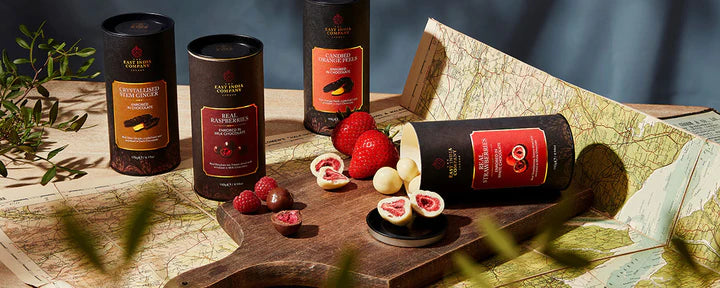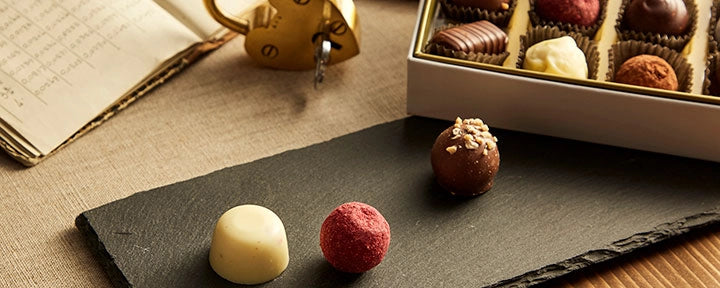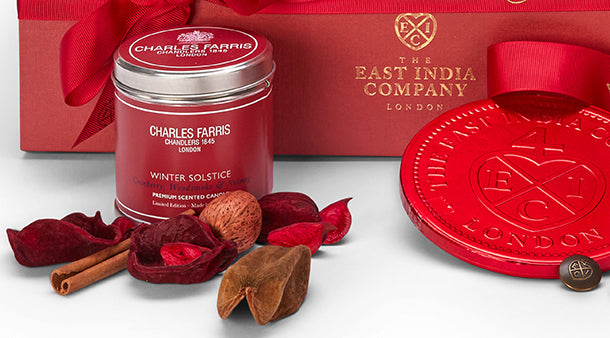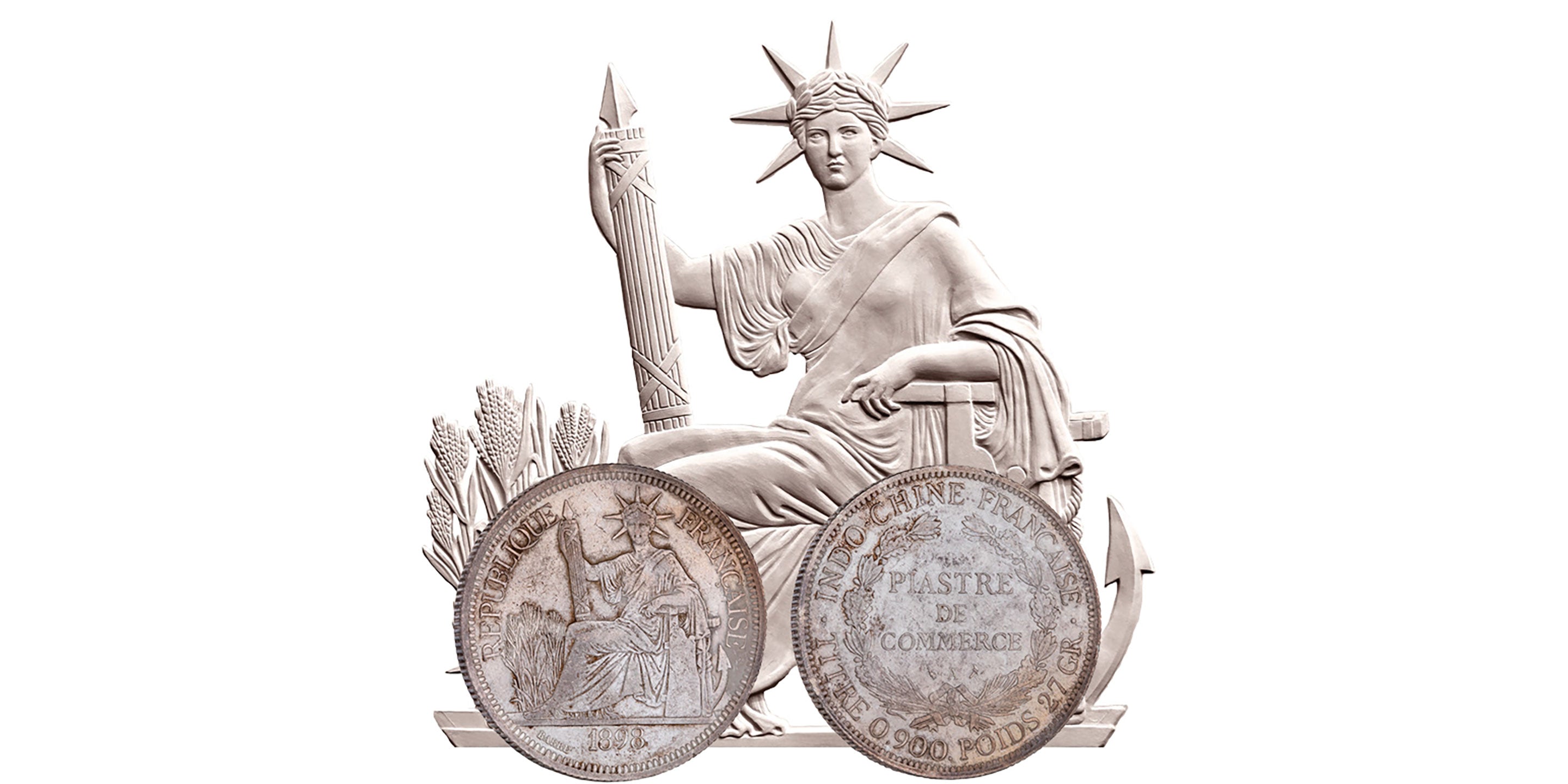Known as the INDOCHINA “LIBERTE” PIASTRE DE COMMERCE, this magnificent silver coin was initially introduced with the same specifications as the Spanish piece of eight equalling 24.4935 grams pure silver, later reduced to 24.3 grams in 1895. Created to facilitate trade in the French Indochinese Union created in 1887 it was used throughout the entire Indo-Chinese colonies, to create a much more stable economy.
The Piastre, distinctly French in appearance, depicted elements from the Great Seal of the Second French Republic which was designed in 1848 by engraver Jacques-Jean Barre. It was his son Albert who designed the Indochinese Piastre coins with the family name of BARRE appearing below the personification’s foot.
The Piastre de commerce was initially closer in value to the American silver Dollar than it was to the French Franc. After the First World War, the Indochinese Piastre was one of the last coins to adhere on the silver standard which remained in place until 1930. Production of the French Indo-China Piastre de Commerce coins which included the smaller denomination copper coins of ½ cent and one cent and silver coins of 10, 20 and 50 cents based on the Seated Liberty Piastre designs were minted at the Monnaie de Paris.
The final one Piastre coins depicting this beautiful design was produced in 1928.
Explore our Exclusive Trade Dollar Collection inspired by the fascinating coins that travelled the high seas all in the name of trade and commerce.

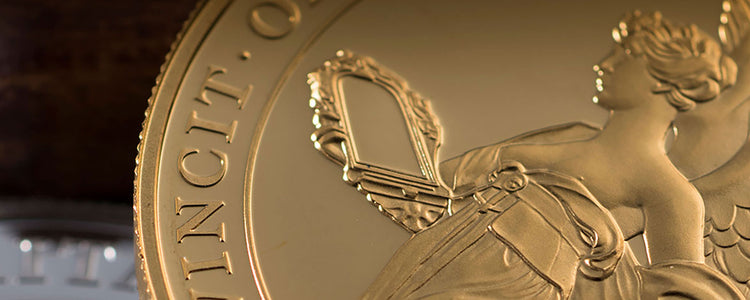

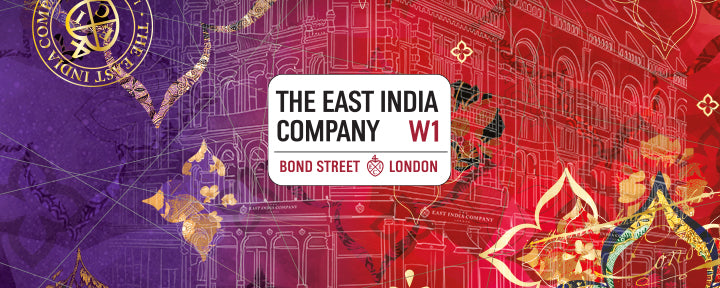
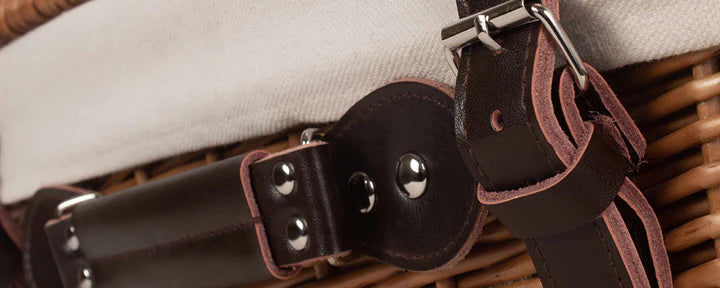
 Ceylon / Sri Lanka
Ceylon / Sri Lanka Assam, India
Assam, India Japan
Japan Taiwan
Taiwan Nepal
Nepal China
China Kenya
Kenya Egypt
Egypt Iran
Iran South Africa
South Africa

